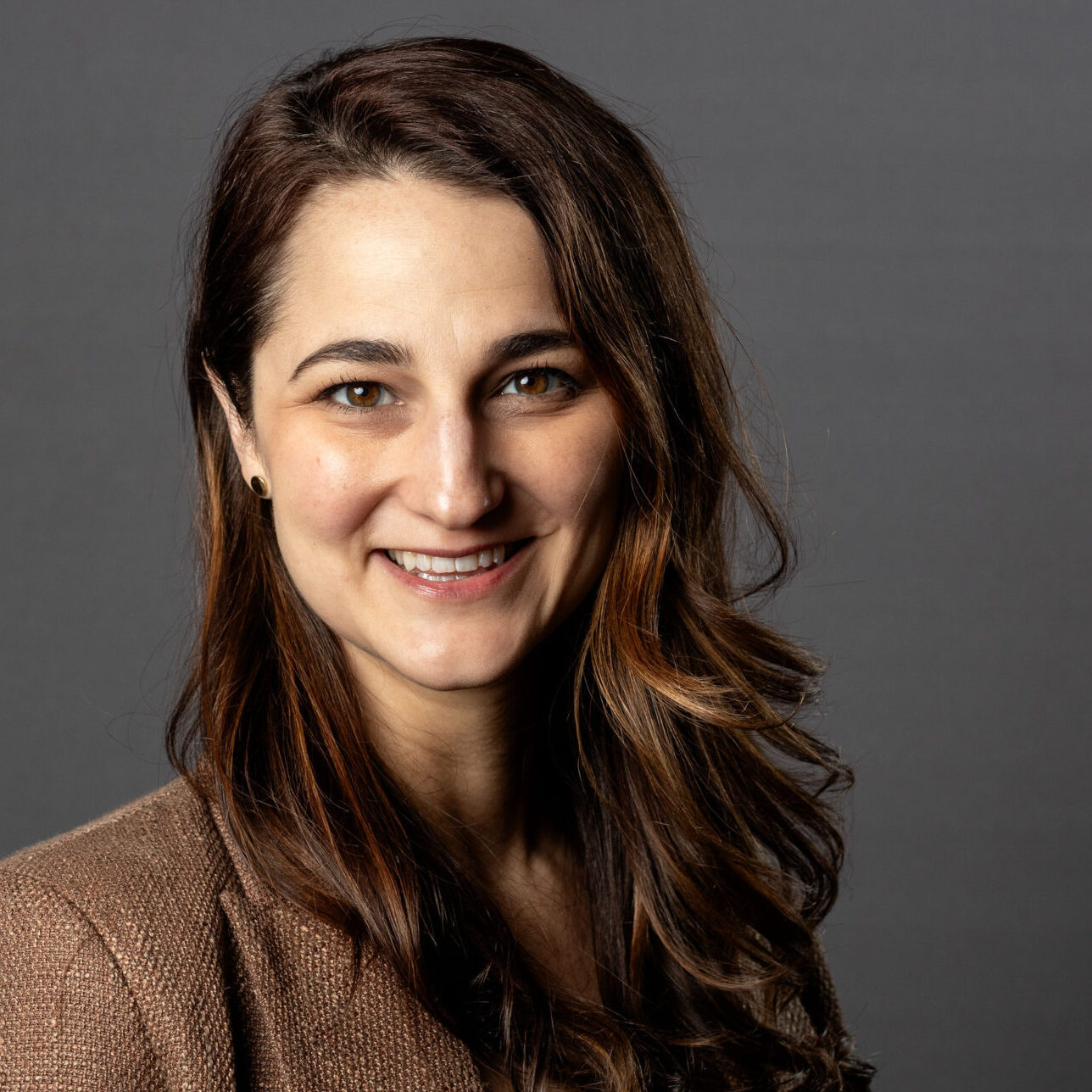I had the pleasure of chairing the followership stream and presenting at the International Leadership Association Global Conference in Vancouver, CA last month. A few leadership themes came up in the sessions I attended that I compiled in this short debrief. I appreciate my institution, Excelsior University, for sponsoring my attendance and presentations.
1. Cultivate the team’s followership skills.
Followership is the fastest growing stream in the ILA. All of our sessions overflowed with attendees interested in learning more about the other half of leadership. One theme that came up time and time again was how leaders can cultivate good followership. Mary Uhl-Bien has said that, “leadership [is] a co-creation between leaders/leading and followers/following in which followers act as partners to the leader in the leadership process” (Bligh et al., 2018). What are a core set of followership competencies and can they be developed? In their presentation, Kimberly A. Carlson and Charity L. Boyette defined a competency as knowledge + behavior/+ performance standard. These competencies should be shared and introduced when recruiting, retaining, and evaluating. And just as much as we invest in leadership, we should equally, if not more, invest in followership.
2. “If you are only teaching leadership, you are only halfway there.”
I attended a few sessions that shared how followership is being taught alongside leadership in different institutions. One of the sessions was led by Dr. Mark A. Rennaker, Chair of the Division of Leadership and Followership Studies at Indiana Wesleyan University and co-author of Essentials of Followership: Rethinking the Leadership Paradigm with Purpose, an affordable textbook of sorts on followership. Mark says, “throughout our day, we work fluidly through the leader and follower role, sometimes, on the same document or project. Our name and title don’t change, our role in each context changes.” If follower is defined as a role, it changes our thinking of follower and leader, as interchangeable and fluid roles that we place we come together in an organization to pursue our organizational mission and purpose. For this reason, students need to develop an understanding of good followership, as well as leadership.
Drs. Kelly Ottman and G. Delina shared their reflections on developing leadership and followership in students through teamwork. Their students learned how to maneuver between leadership and followership roles (rotational leadership), depending on the time in the project. Students drove some of the education work going on and peers encouraged each other.
3. Research for the common good.
One of the best sessions I attended was an intimate conversation with famed scholar, Dr. Bruce Avolio. When asked, what’s a moonshot for the leadership field? He stressed the need for leadership scholars to collaborate with other industries to help organizations learn from the history and present, or work on large projects with a common purpose. Cross-boundary connections produce real innovation and divergent solutions. We don’t see this kind of collaboration in higher education. How do we develop horizontal leadership to allow collaboration to occur across boundaries?
4. Non-Western concepts of leadership can teach us other ways to lead.
The conference was held in Vancouver, CA, home to many indigenous communities. Our opening day welcome was provided by Chief Janice George, from the Squamish Nation, She shared, “when I think about leadership, I think about what had to be done for us to be here today” and powerfully encouraged attendees to “feel that energy”. I had never thought of leadership as a privilege to stand on the shoulders of giants who came before us. One of the keynotes was given by Terri-Lynn Williams-Davidson, a musician, author, activist, artist, and lawyer who has dedicated herself to the continuation of Haida language and culture. She shared, “every one of us has the power to rewrite the course of history for future generations” and that “everyone has a responsibility, since with great responsibility and leadership comes greater responsibility”.
5. Sponsorship AND mentorship
Diane Allen presented the value of sponsorship versus solely mentorship. She shared that “people are oftentimes over mentored, but not sponsored”. This is an interesting distinction not widely discussed. A mentor is someone who shares knowledge and provides guidance. A sponsor is someone who actively promotes growth, provides access to opportunities at work, and/or advocates for career advancement. Active sponsorship looks like recommending people for promotions, introducing them to influential leaders within the organization, and allowing them to lead a high-stakes project.
References
Bligh, M., Epitropaki, O., Jaser, Z., Riggio, R. E., & Uhl-Bien, M. (2018, July). What about followership development? Improving lives by teaching followership. In Academy of Management Proceedings (Vol. 2018, No. 1, p. 12482). Briarcliff Manor, NY 10510: Academy of Management.


